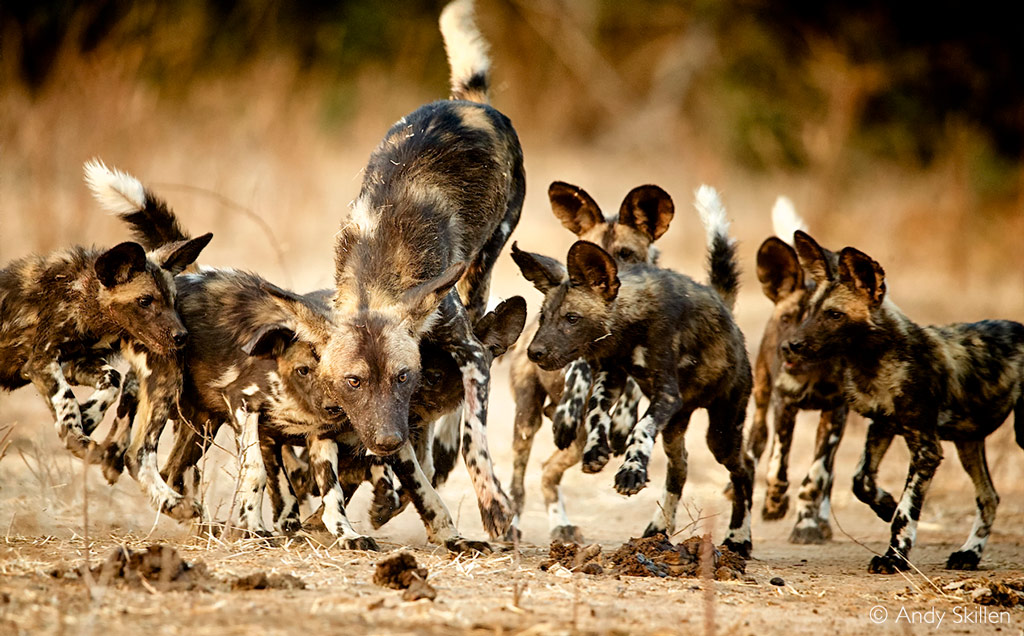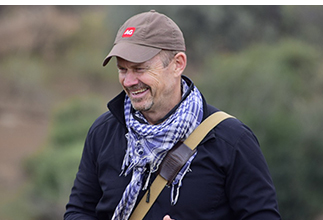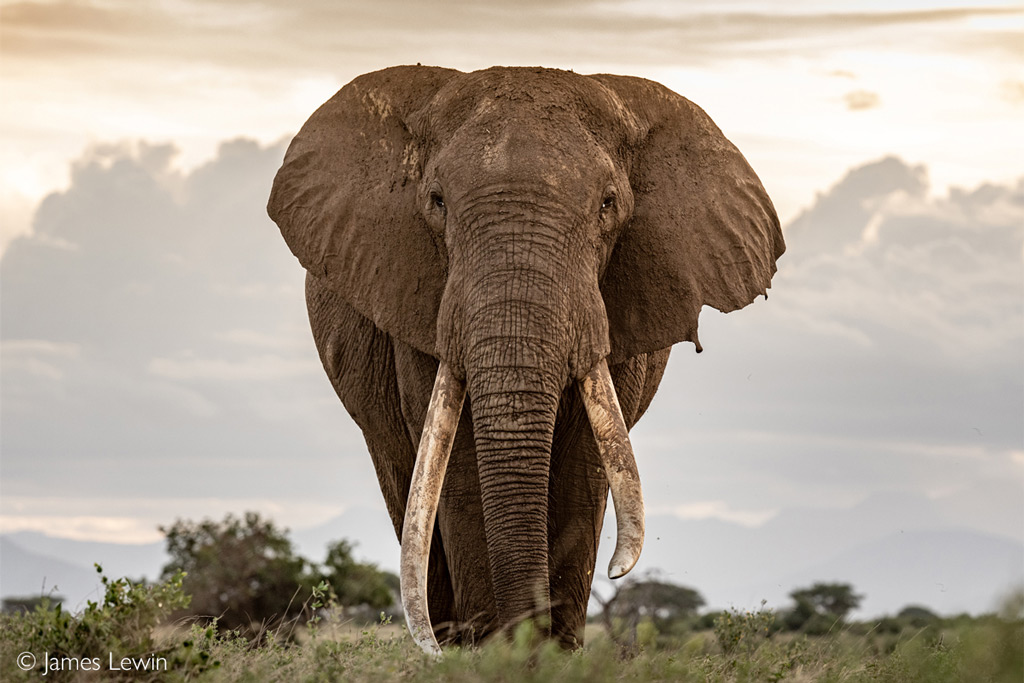
This is a copy of our weekly email newsletter. Subscribe here to receive the newsletter.
Hwange’s lion dynasties + Busanga Plains photo diary + walking with tuskers

My upcoming Hwange safari with our Photographer of the Year winners has several layers of relevance for our mission to celebrate Africa and do good. One such layer is well-illustrated in our story below – the tenuous relationship between free-roaming male lions and those who kill them for fun and ego.
Each of our photographer winners gets to sponsor a research collar and follow the progress of that specific lion (via recent data, not a live feed). How awesome is that?
The collars are an essential tool to keep local rural people and their livestock safe from lions and to collect valuable research data to understand these magnificent creatures better. BUT collars cannot keep these big, craggy males safe from trophy hunters. The best way to do that is to blast that abhorrent industry off the planet by increasing tourism revenue so that trophy hunting loses relevance for local people. There are a few landholders in Hwange working towards this goal – read more in our story below.
Hwange safari, anyone? Or how about planning your next holiday by working with our safari experts (our advice is free). By choosing AG for your next safari, you fund our conservation media and so help us educate the world about the intricacies of life in wild Africa. Also, did you know that we donate a portion of the revenue from every safari sold to carefully selected conservation projects that make a significant difference at ground level? YOUR safari choice does make a difference – thank you!

Simon Espley – CEO, Africa Geographic
From our Editor – Taryn van Jaarsveld

We can learn a lot from penguins: unrequited love and devotion to our partners, teamwork, enduring the toughest storms while foraging in the harshest conditions, and shared parenting (from incubation to chick rearing and feeding). However, the Southern African Foundation for the Conservation of Coastal Birds (SANCCOB) warns that food shortages are forcing penguins to venture farther for sustenance. Typically, parents alternate between foraging and babysitting, but the extended travel time now causes overlaps, leaving nests unattended and exposing eggs and chicks to predators and starvation. Scientists predict African penguins could face extinction by 2035 if we don’t act to protect the anchovies and sardines they depend on. Fortunately, SANCCOB is helping by artificially incubating and hatching eggs and hand-rearing chicks for release into the wild. And they, together with BirdLife SA, are working hard to put protections in place for these birds. But, if we don’t save their food, we’ll lose the penguins – and the lessons they teach us.
This week, we celebrate Hwange’s lion dynasties and highlight the threats to their legacy – see below. And we journey with Izak Smit to the heart of Busanga Plains. Check out the stunning gallery of pics from Ingrid Mandt in this travel diary – the first in a two-part series celebrating Zambia’s hidden gems.

Story 1
https://africageographic.com/stories/hwanges-lion-dynasties/
LION DYNASTIES
Hwange is a top safari spot for seeing lions. Read about some of Hwange’s lion legends & their challenges
Story 2
https://africageographic.com/stories/travel-diary-busanga-plains-teeming-with-life/
ZAMBIA DIARY
Photo travel diary: Busanga Plains, Kafue, is Zambia’s hidden gem. Lush landscapes, abundant wildlife & stunning photo ops await
 TRAVEL DESK:
TRAVEL DESK:
Want to follow in the footsteps of Africa’s greatest tuskers, or experience Ethiopia’s cultural heritage? We have just the safaris for you below. Our travel experts will help you plan your next safari
This historic tour takes you on a journey to discover churches hewn from rock, World Heritage Sites, castles, ancient tombs, art, and archaeological artefacts. You’ll enjoy historical city sites, boat trips to see monasteries, Ethiopian cuisine and traditional entertainment.
Explore the historical sites of Axum, the ancient capital believed to be the resting place of the Ark of the Covenant, as well as Gondar and Lalibela.
Searching for more safari inspiration? Check out our wide variety of safari ideas here

Meet super tusker KM2
Meet KM2: a magnificent super tusker of Tsavo, Kenya. KM2 was first identified as a tusker in August 2015 (although he was seen from the air many times before that). KM2 can be identified by the tear in his left ear and the scars on his lower right flank.
We have partnered with Tsavo Trust to save some of Africa’s last remaining tuskers. Tsavo Trust monitors and conserves the elephant populations of the Tsavo Conservation Area, specifically focusing on tuskers. An estimated 50–100 tuskers remain in Africa, of which at least eight reside in Tsavo.
Elephants with tusks that touch the ground are a natural rarity and they are under constant threat from poachers seeking ivory, and trophy hunters actively targeting tuskers (outside of Kenya).
We invite you to support Tsavo Trust by donating to their aerial and ground monitoring teams, who protect these magnificent elephants.

 WATCH: 26 seconds of pure Kalahari bliss, as a litter of wild dog pups frolic and tumble while discovering the big wide world – and a few fortunate safari goers look on in wonder. Focus on a different pup each time you watch! (0:26) Click here to watch
WATCH: 26 seconds of pure Kalahari bliss, as a litter of wild dog pups frolic and tumble while discovering the big wide world – and a few fortunate safari goers look on in wonder. Focus on a different pup each time you watch! (0:26) Click here to watch
For more videos celebrating Africa, check out our videos here
To comment on this story: Login (or sign up) to our app here - it's a troll-free safe place 🙂.![]()






